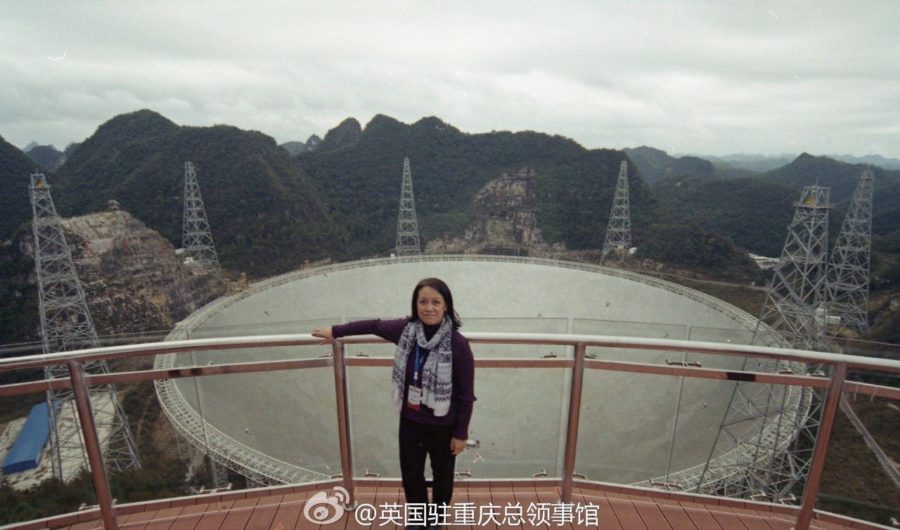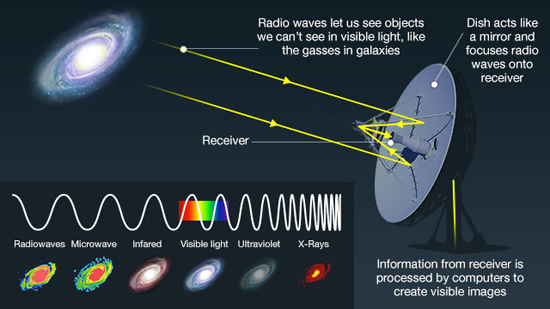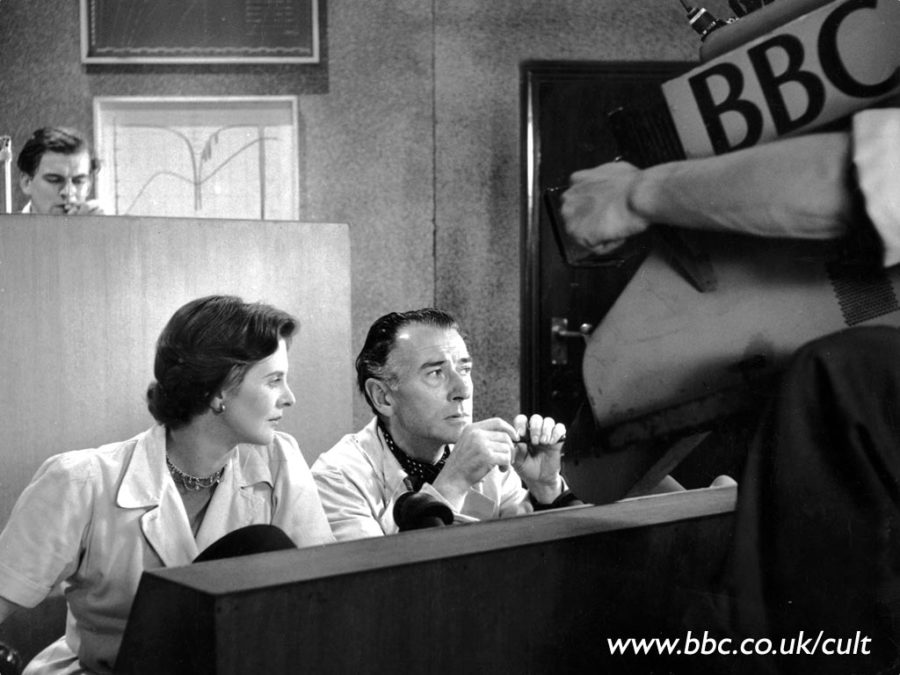14th December 2016 Shanghai
Speeding up the search for alien life

It was just over sixty years ago that radio telescopes across England discovered a series of mysterious meteorites entering the Earth’s orbit. A leading scientist from the British Rocket Group was sent to investigate and he was shocked to discover these meteorites were part of an alien life form, a life form that emitted a poison that changed all those who came into contact with them…
Okay, it is best at this stage to explain that this invasion only occurred on the confines of the BBC. In the 1950s, the adventures of Professor Bernard Quatermass captivated TV audiences, drawing in record viewing figures and emptying pubs as punters rushed home to watch the latest instalment. The enduring popularity of the alien invasion genre, going back to H.G. Wells and War of the Worlds right through to present day Doctor Who demonstrate the fascination we Brits have with the search for alien life.
It was this fascination that led Sir Bernard Lovell, a radio astronomer at the University of Manchester (and one of the inspirations for the Quatermass character) to establish the Jodrell Bank Observatory. Begun in 1945 and completed in 1957, Jodrell Bank was the first truly large steerable telescope dish anywhere in the world, with a diameter of 76m.
There is a similar thirst for space exploration today in China and if an intergalactic discovery similar to that of Quatermass were to be made for real it may well happen in Guizhou Province where China has just unveiled the world’s largest single-dish radio telescope.
FAST, standing for Five-hundred-meter Aperture Spherical radio Telescope is more than twice the size and three times more sensitive than its nearest competitor. FAST aims to explore the nature, origins and evolution of the universe, and yes, this includes searching for any potential signs of habitable planets and alien life.
A radio telescope works by detecting radio waves, a type of electromagnetic radiation. As well as radio waves being transmitted to carry signals for your television, radio or mobile phone they occur naturally in space. Radio waves are emitted by celestial objects such as planets, man-made satellites, but especially stars and galaxies. The intense heat and radiation generated by stars mean we can detect signals emitted millions of light years away.
Radio waves travel in parallel lines, so if you want to detect the faintest, most distant, signals from space you require a large dish, capable of reflecting all the signals into a single central beam receiver. So, with a diameter of 500m FAST can theoretically detect further into space than ever before.

So, it was with great excitement that I joined a group of diplomats to visit FAST shortly before it is opened to the public. Built in a natural crater, amongst the karst limestone mountains of South-West China, FAST took five years and cost £140m to build. As well as being the largest radio telescope, the dish has a state-of-the-art directional tracking system that means its engineers can adjust the shape of the dish to track certain signals. This is unlike most traditional radio telescopes, which can be tilted in different directions but the shape of the dish remains the same.
Making my way through the winding mountain roads of Pingyang County I felt a sense of trepidation. Similar to Professor Quatermass all those years ago, I saw a deserted country village and the remnants of evacuated farmhouses. Could this be the first signs of an alien invasion? In fact, the reason was simpler, the sensitive equipment of FAST would be affected by earthly electronic signals, such as mobile phones. As well as being a crater, this site was chosen due to its rural location, however the few rural inhabitants have been compensated to relocate outside FAST’s 5km wide exclusion zone.

So, what can I reveal about the secrets of outer space? Nothing definitive yet, FAST is still only in its trial stage, but it has already detected two new pulsars, pulsars being the decaying remnants of stars. Expect more discoveries in the near future.
Back in the UK, we may not have Professor Quatermass’ British Rocket Group, but its natural heir, the UK Space Agency and the scientists at Jodrell Bank are also taking a leading role in space discovery. The UK, along with China, is part of a ten-country consortium working on another radio telescope project – the Square Kilometre Array (SKA). Rather than using one giant receiving dish, the SKA project will use arrays comprising hundreds of dishes and tens of thousands of low frequency antennas, located respectively in Africa and Western Australia. Signals from these receivers will be monitored at the SKA’s global HQ at Jodrell Bank.
I spoke to one of the research scientists about the data generated by FAST and he responded that “the sky is open” and that he hopes to share information and collaborate with other nations on future projects. Through the SKA project, British and Chinese scientists will continue to collaborate and try to uncover the secrets of the universe and lead the search for habitable planets and alien life.
Who is a normal person ? The one who have some knowledge of his environment and think that is all ?
Then How can he consider what he has no clue.
“It was just over sixty years ago that radio telescopes across England discovered a series of mysterious meteorites entering the Earth’s orbit.”
No, no, no.
Meteorites are found on the ground. Objects “entering the Earth’s orbit” are
termed ‘meteoroids’.
Do you think there is life? I mean alive aliens? I wish they use the same inventions like us! Telescope!
Do you really think that? I do not believe that a normal person can consider it.